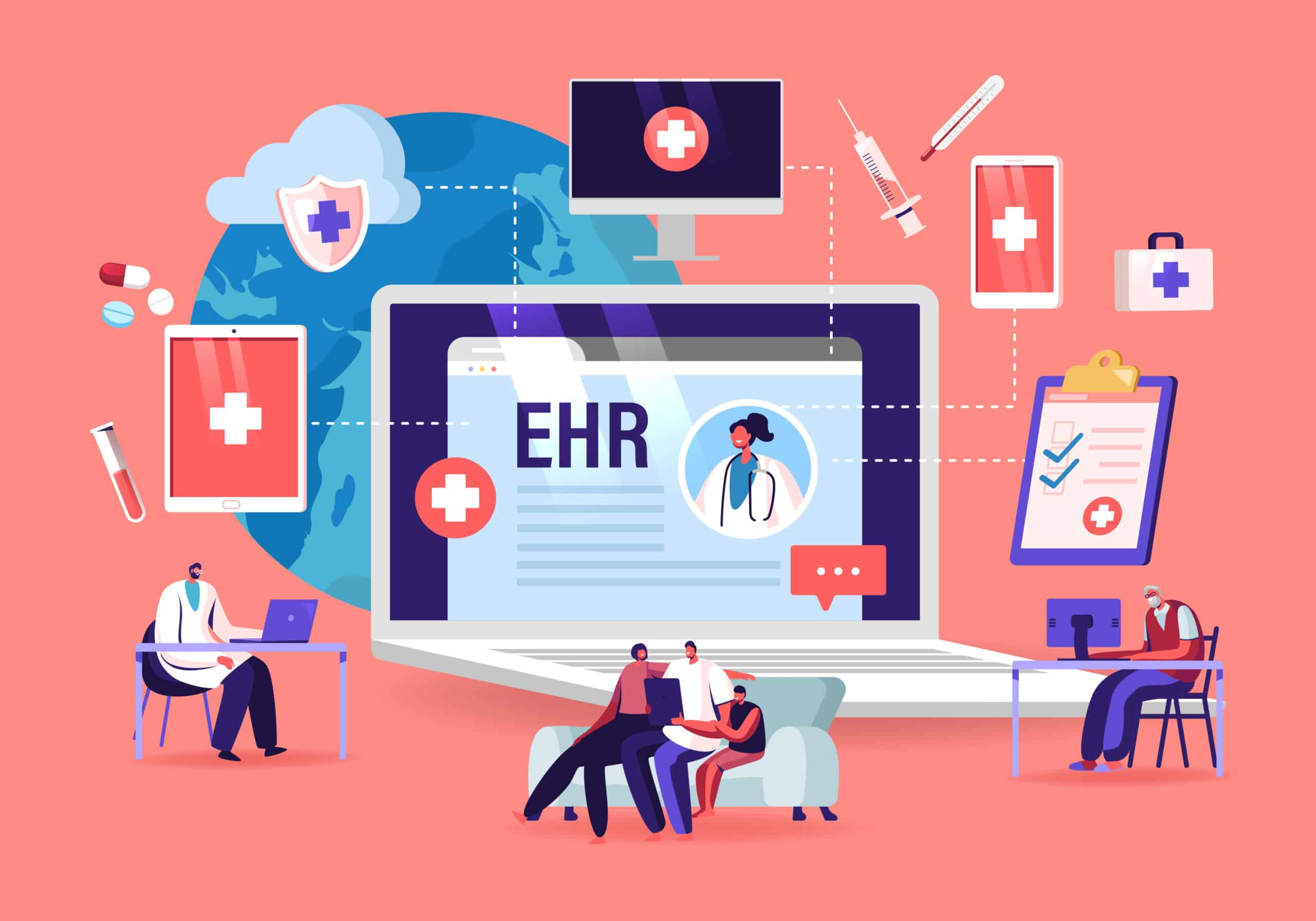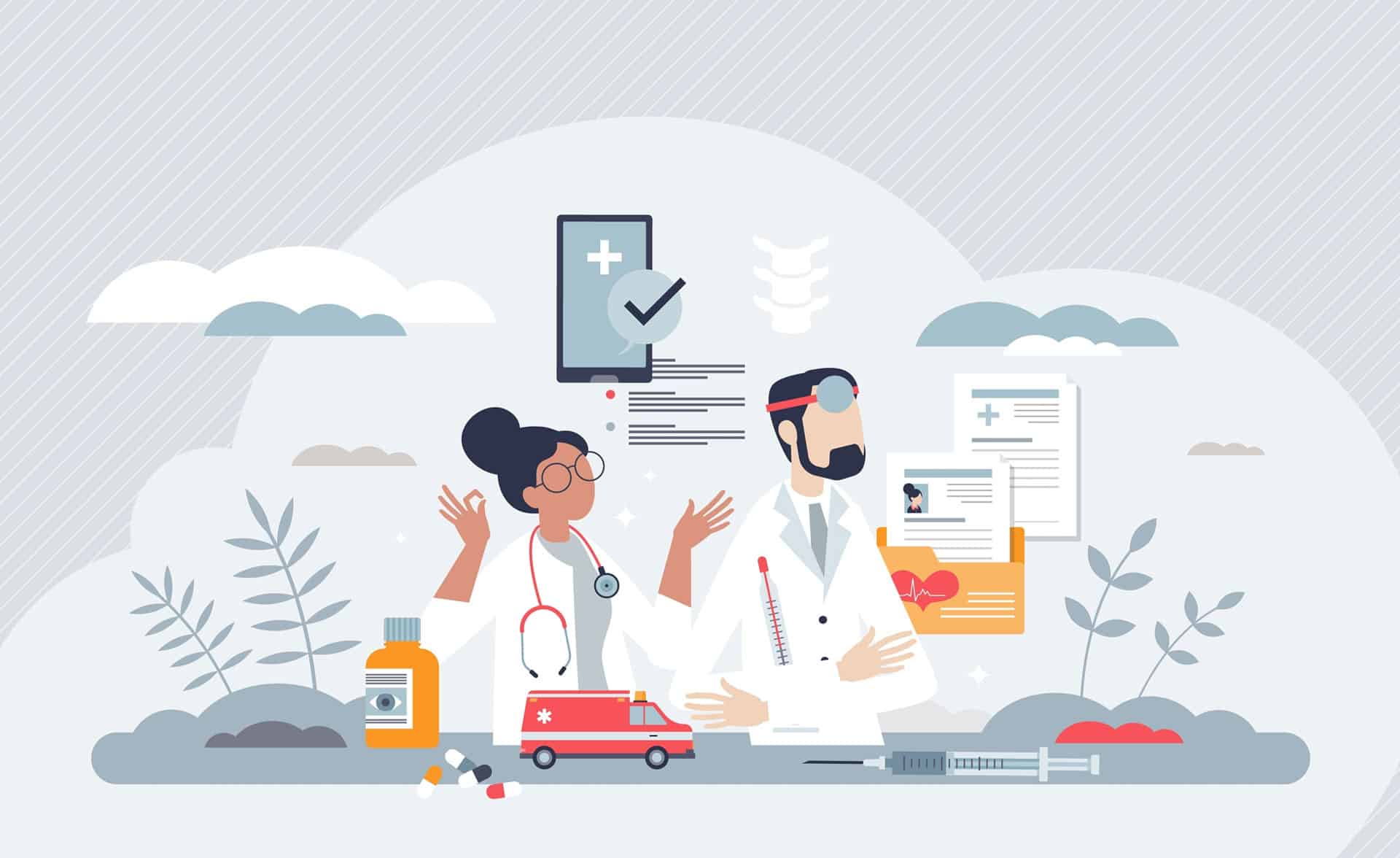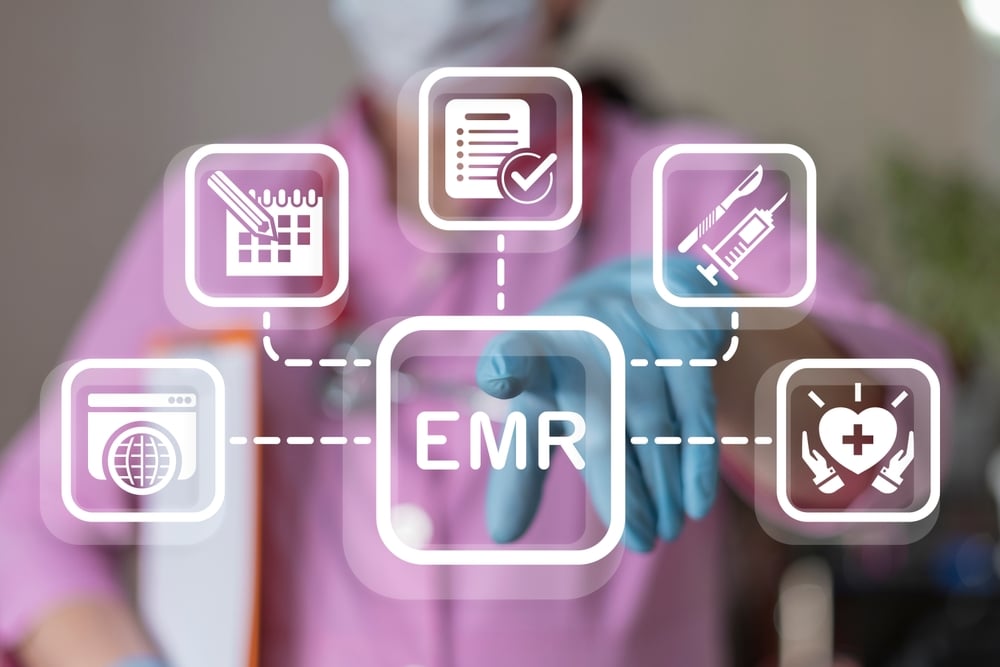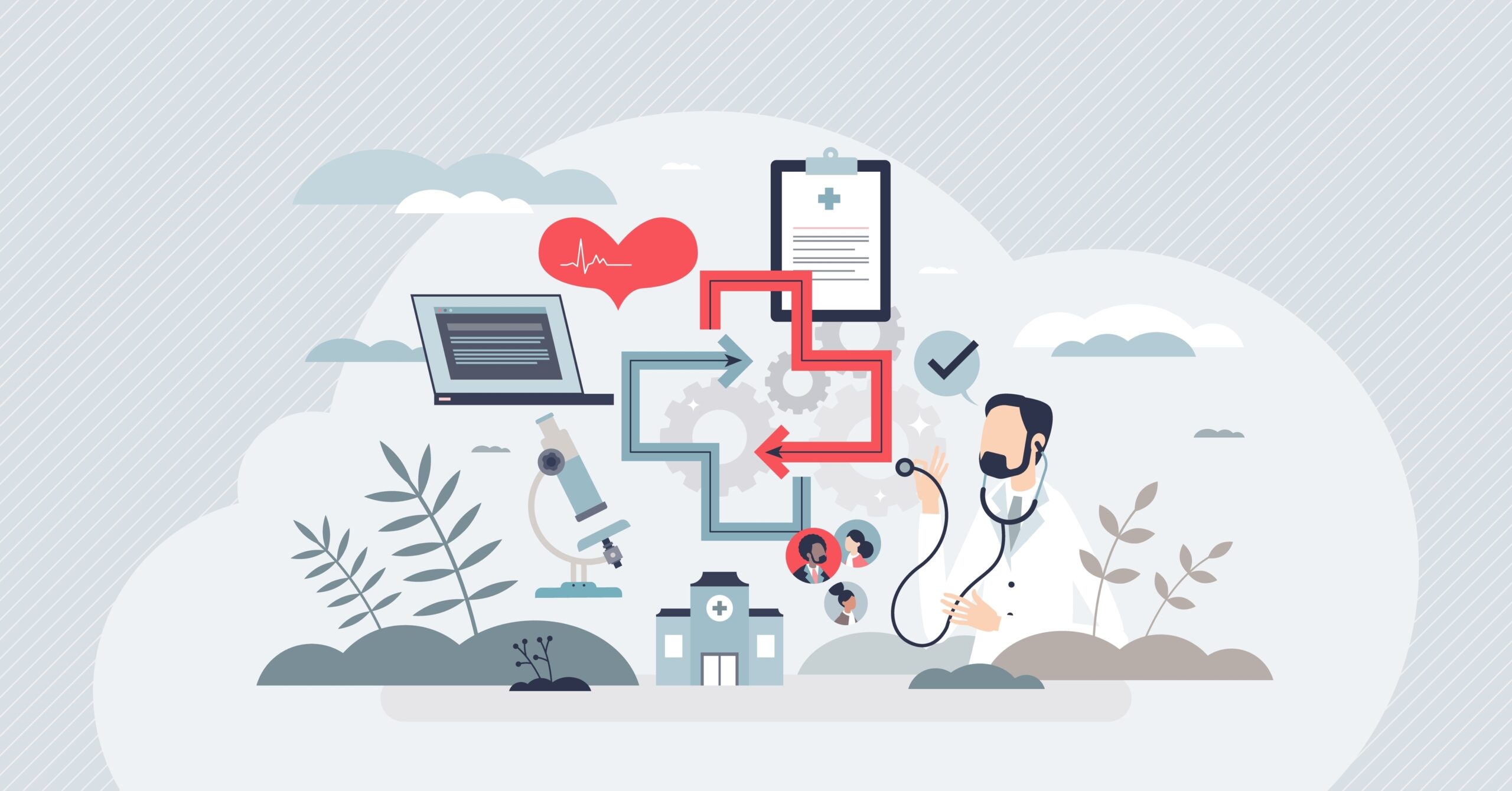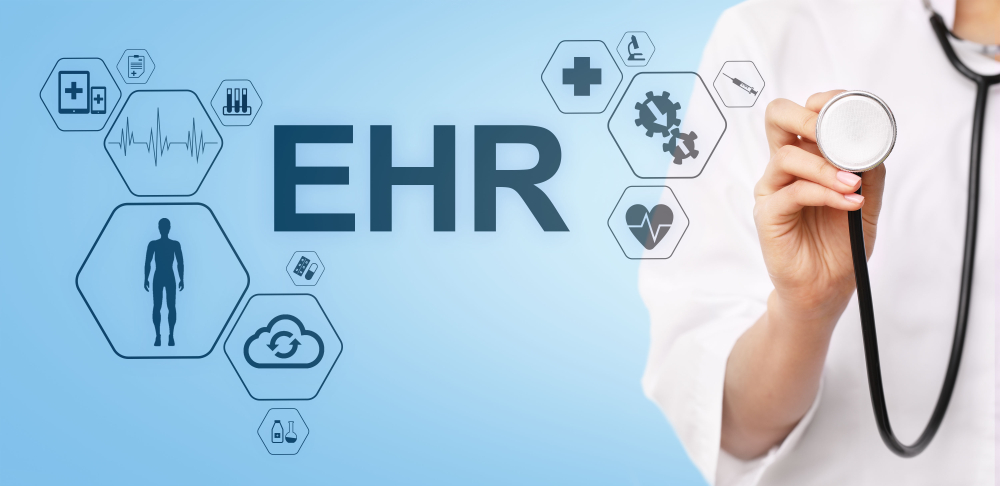Healthcare & Interoperability
Moving From AI Toward ROI: Key Takeaways From the ViVE Digital Health Conference in Nashville

Artificial intelligence (AI) dominated the conversation at ViVE 2025, the premier conference for digital health decision makers. Although AI has been a hot topic at events like these for the past few years, the dialogue is starting to shift away from the unexplored novelty of new technologies toward more meaningful use cases and practical problem solving.
Instead of looking at AI with wide-eyed curiosity and a healthy dose of skepticism, digital health leaders today are talking about more crystallized applications of these emerging technologies. And while some skepticism still looms, the discussions at ViVE didn’t give any indication that AI adoption is slowing down.
Here are some of the key takeaways I gleaned from this year’s conference—and, just as important, the important details that were ignored—as we look toward the future.
Applying AI to solve healthcare’s biggest problems
While AI applications in healthcare are abundant, a couple use cases rose to the surface as prime examples for health leaders:
Accelerating prior authorization
Providers and patients have grown increasingly frustrated by the burdens of prior authorizations (PA) and denied claims. Previous research, like the American Medical Association’s 2024 prior authorization physician survey, revealed that providers handle an average of 45 PAs every week, requiring an average of 14 staff hours to process. This leads to delays in care, according to 94% of the physicians surveyed by the AMA, with 80% saying it causes patients to abandon recommended treatment and one-third citing serious adverse events (like hospitalization or death) as a result.
These problems leave room for improvement—especially considering that PA submissions and determinations currently float across such disjointed formats. One study highlighted that fax and phone use for PAs actually increased between 2023 and 2024. Leaders at ViVE, like Azlan Tariq, Chief Clinical Innovation Officer of Medrina, see plenty of potential for AI to address these bottlenecks through automation. “It’s a significant opportunity to make things faster and better,” he said. (Find out more about Tariq’s panel discussion.)
Streamlining clinical and administrative workflows
Beyond prior authorizations, ViVE attendees shared examples of other ways they’re using AI to simplify repetitive workflows, both in clinical settings and administrative tasks. Several cited the increasing use of ambient listening tools to automatically transcribe conversations with patients, even recommending additional questions, tests or treatment plans.
For example, Mayo Clinic is now using an inpatient ambient nursing solution in Arizona and Florida to save clinicians time while freeing them to focus on patient encounters. By assisting with documentation, these AI tools can reduce physicians’ “pajama time” spent completing administrative tasks after-hours. This could improve the patient experience while alleviating physician burnout—a win-win that could help reduce healthcare costs.
Specifically, the newly-released annual index report from The Council for Affordable Quality Healthcare (CAQH) identified $222 billion in healthcare savings by automating administrative tasks like prior authorization and insurance verification. By transitioning to fully electronic administrative workflows, the report suggests that medical staff could save up to 70 minutes on average per patient visit, unlocking an additional $20 billion in savings.
Guarding against risks
Cybersecurity was the other big topic at ViVE, especially as adoption of technology carries inherent security risks. Reflecting on the Change Healthcare cyberattack, which occurred during last year’s ViVE conference, industry leaders emphasized the importance of shifting from a reactive to a proactive stance on cybersecurity.
Jason Taule, CISO at Maryland-based Luminis Health, claimed that the industry could have been better prepared with stricter security requirements for tech vendors. “The big takeaway is that we all, as customers or as members entering an ecosystem, have to be more demanding of our vendors and of one another,” he said.
Plot hole: The missing link in AI ROI
Despite the promise that AI holds in healthcare, I noticed a gaping plot hole that wasn’t covered at ViVE and that must be addressed to realize true ROI from these tools. Many vendors promoting AI at the conference assumed that healthcare organizations are starting with structured data that can easily be mapped and mined. Solutions with workflow tools like referral management, care coordination, and prior authorization need to consume structured data to be most effective. Otherwise, these tools will require data entry.
But what about all the unstructured data being transmitted on paper, through faxes, scanned documents, images, and handwritten notes that can’t be easily mapped into an EHR? What about the data that needs to be codified and consumed in a standardized framework like FHIR, X12, or HL7? Many are ignoring the data sharing problems that plague healthcare, especially in smaller rural facilities without the robust IT teams and budgets needed to implement these advanced technologies.
To bridge this critical gap, healthcare organizations must embrace intelligent data extraction and digital transformation tools specifically designed to handle unstructured data. By applying AI-powered solutions like natural language processing and machine learning, organizations can automatically convert faxes, scanned documents, and handwritten notes into structured, machine-readable formats. These tools can then map this newly structured data to standardized frameworks, enabling seamless integration with EHRs and other healthcare systems. This process unlocks valuable insights hidden within unstructured data. It also prevents smaller healthcare facilities and those with limited resources to participate in the digital transformation from being excluded for not being interoperable.





